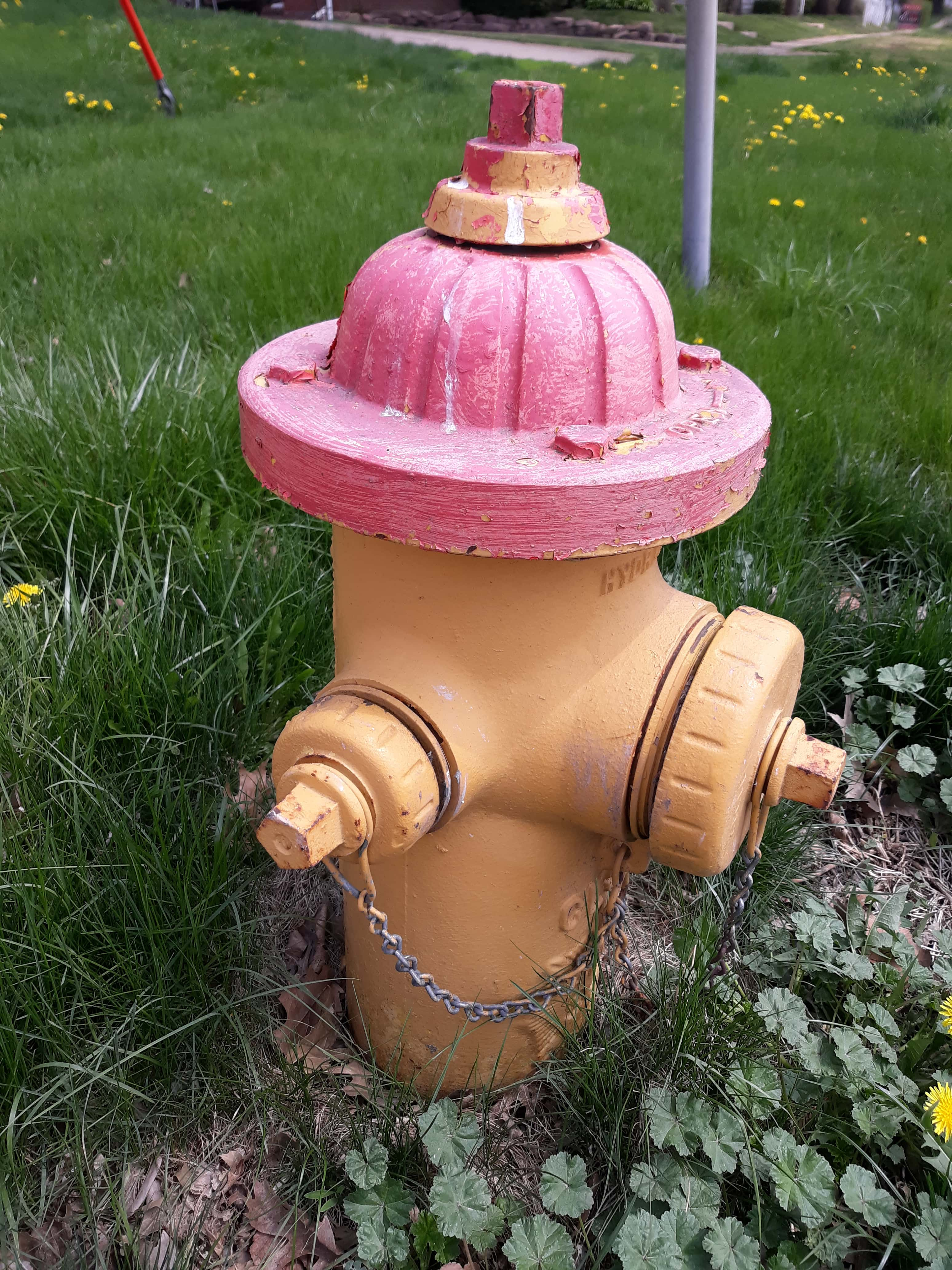
You only see the fire hydrant, so it’s easy to forget all of what’s underground, but there’s plenty. Okay, so those are the basics on fire hydrants, but as we said, the hydrant is one part of a larger system. The name tells you that these fire hydrants start out empty so the water doesn’t freeze when it’s not in use. The other and much more prevalent type of hydrant is the dry barrel hydrant. The operating stems are nearer to outlets, and there tends to be more of these stems per fire hydrant. Wet barrel fire hydrants always have water in them without the need to set the valves to an open position. You’ll see these more in Florida and southern California than the rest of the United States due to the warm weather there. The bonnet is for more than just looks, by the way, but also for preventing water penetration and other damage from shortening the lifespan of the fire hydrant.Įven though all fire hydrants have these parts, there are still two distinct types of hydrants.

Within the bonnet is the operating stem nut. Bonnet: The fire hydrant’s cap is known as its bonnet.Flange: The flange is an attachment point for the fire hydrant and is located at the hydrant’s base.

The outlets may include a pumper outlet for the firefighters to attach to their pumper trucks.

Okay, so what exactly is a fire hydrant, anyway? Are Fire Hydrants Considered Public or Private Property?.What Is the Max Flow Rate and PSI of Fire Hydrants?.


 0 kommentar(er)
0 kommentar(er)
